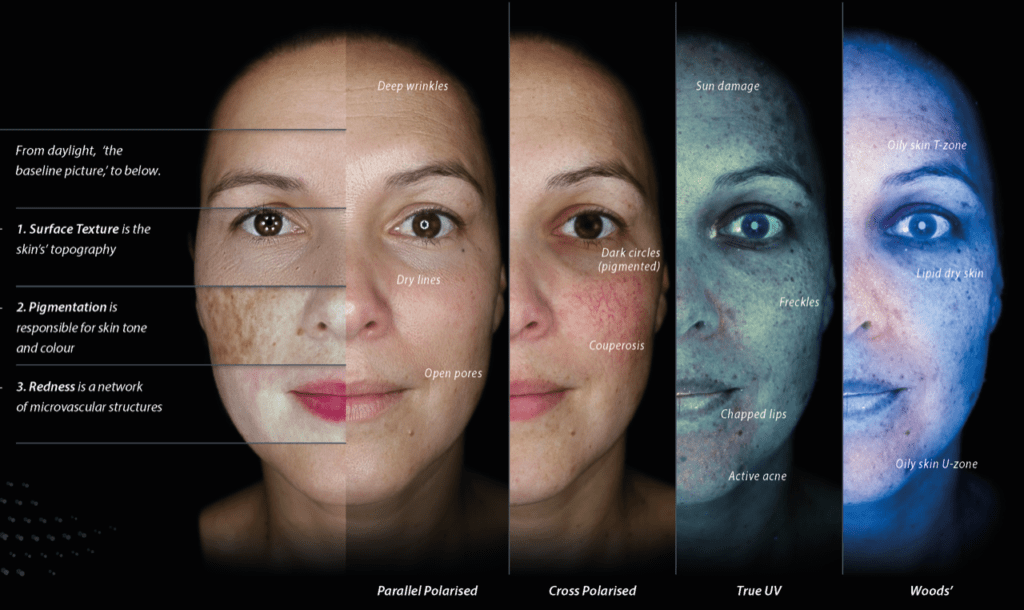
Filler Migration
What is filler migration and why is it a concern in aesthetic medicine?
Filler migration refers to the movement of dermal fillers away from their intended injection sites. These temporary dermal fillers, commonly composed of hyaluronic acid are used to diminish facial lines and restore volume to the skin. However, migration can occur in various areas of the face, such as the lips, central cheeks, and tear trough region, potentially leading to undesirable aesthetic outcomes.
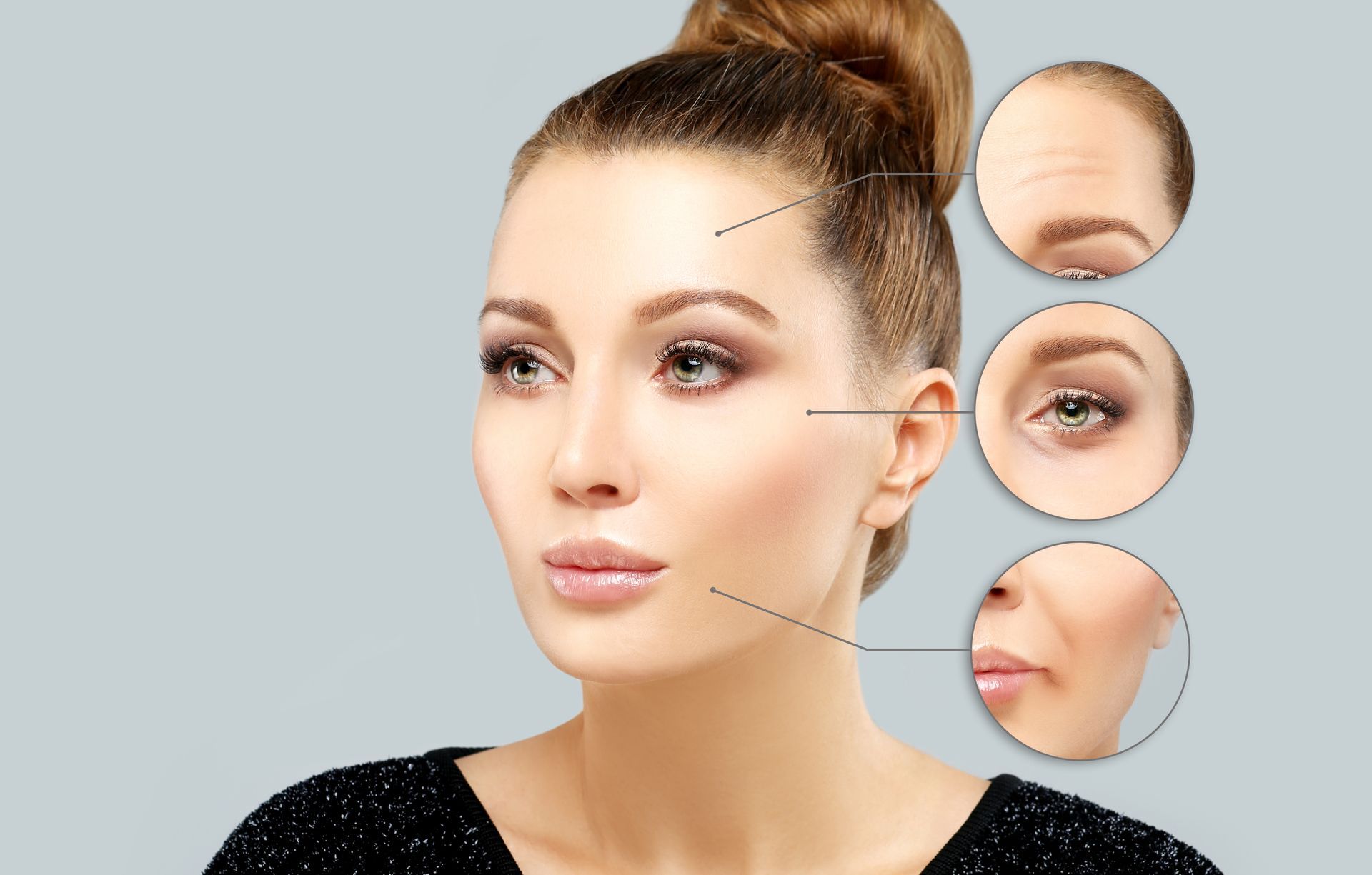
What factors contribute to filler migration, and how can it be prevented?
Improper injection technique is a primary concern when it comes to filler migration. Skilled injectors with a deep understanding of facial anatomy are essential to mitigate migration risks. Additionally, the amount and method of injection play crucial roles; excessive filler volume or inadequate spacing between sessions may exacerbate migration issues. Anatomical considerations also influence migration patterns, as injectors must navigate different tissue layers to achieve optimal results.
How can filler migration be identified and what are the consequences of untreated migration?
Recognition of filler migration is crucial, as it can manifest as unnatural fullness in treated areas, such as the lips or under eyes. Prompt identification distinguishing migration from swelling is essential. While some filler side-effects are typically immediate, migration-related issues may develop gradually over time, necessitating long-term monitoring and intervention to avoid persistent aesthetic concerns.
What are the options for addressing migrated filler, and what are the potential risks involved?
Addressing migrated filler often involves the use of a prescription-only medicine known as hyaluronidase to dissolve hyaluronic acid-based products. However, precise injection placement is essential to avoid inadvertent volume loss or other complications. In some cases, particularly with semi-permanent and permanent fillers, corrective measures may be limited or ineffective, highlighting the importance of careful product selection and injector expertise.
What are the long-term implications of untreated filler migration, and how can patients mitigate these risks?
Failure to address migrated filler promptly may lead to persistent cosmetic concerns, although serious health risks are rare. While most fillers eventually degrade and are absorbed by the body, extended retention times are possible, underscoring the need for vigilant monitoring and follow-up care. By prioritising skilled injectors, appropriate product selection, and vigilant surveillance, patients can minimise the risks associated with filler migration and achieve optimal outcomes in their treatments.
How to Prevent Filler Migration?
The cornerstone of prevention lies in choosing skilled clinicians with years of dermal filler experience, a reputable Clinic, the clinician must also choose the most appropriate filler for the area being treated, using only clinically proven fillers and the correct amount in the correct place and also an experienced clinician who is not afraid to say "no" if it is too soon for a repeat treatment.
To prevent filler migration and ensure optimal results and mitigate migration risks, book your appointment now with our expert team at The Aesthetics Hub.
Recent Posts
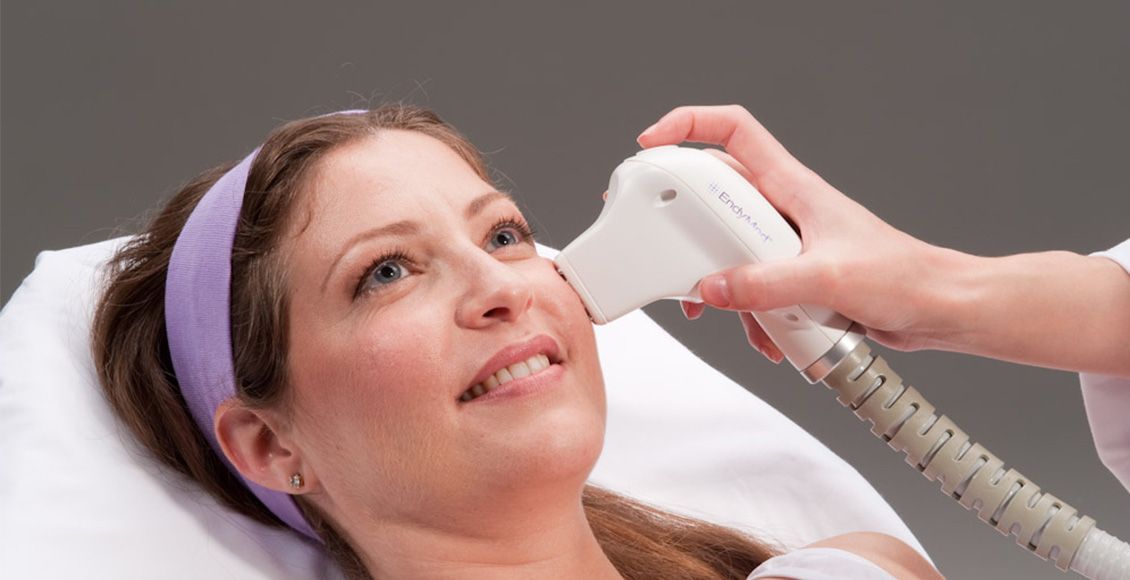
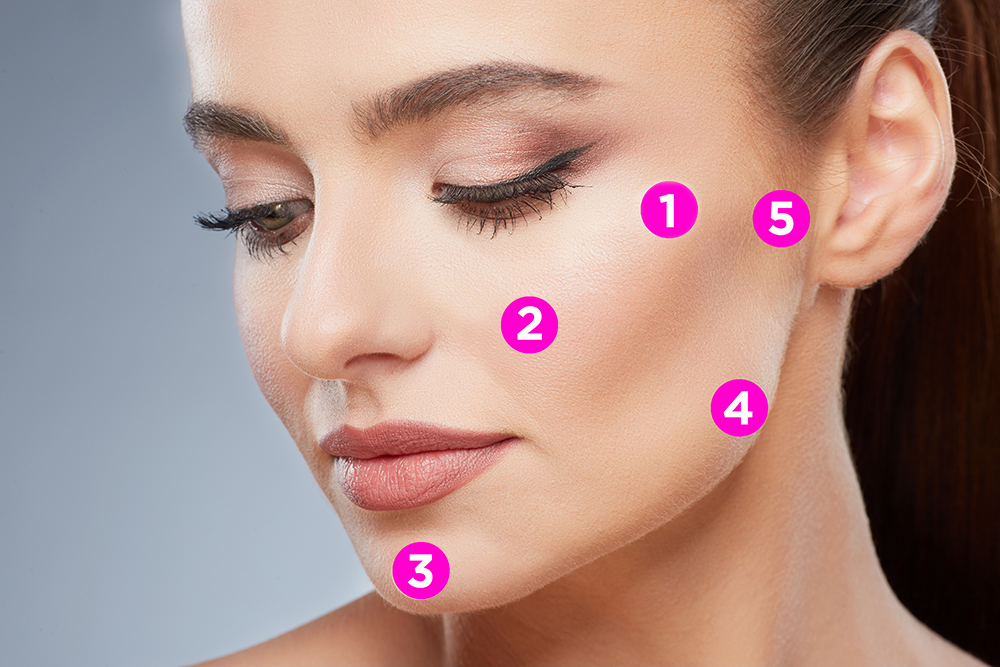
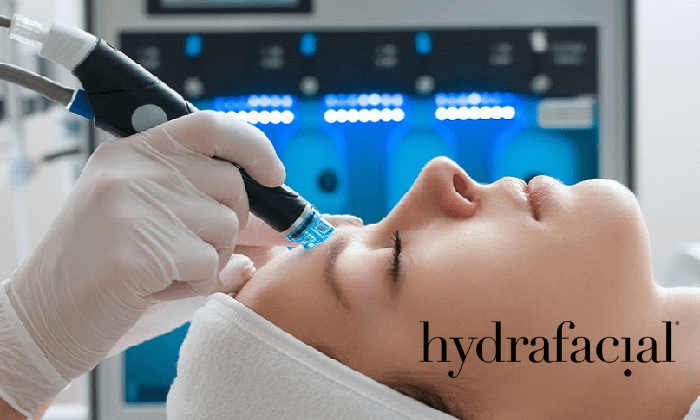



0151 345 0620 | info@theaestheticshub.com
Unit 5D Glenn Buildings South, 10A Moor Lane, Crosby Village, Liverpool, L23 2UN
All Rights Reserved | The Aesthetics Hub®
